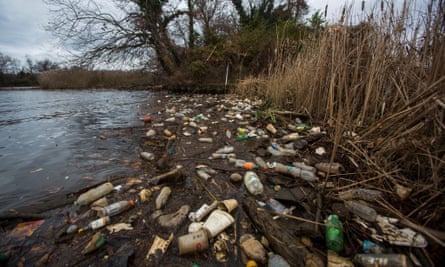PJ Harvey has been criticised for the lyrics featured in her new song The Community of Hope, with local figures of authority branding her summation of a neighbourhood in Washington DC as “incomplete”. Lifted from her new album, which was inspired by a number of locations visited during a four-year period, Harvey’s latest single was inspired by one of the state’s areas, Ward 7.
While Harvey has yet to detail the context behind the song, the track refers to some vague mentions of a “drug town” inhabited by “zombies”, as well as mentioning some more specific Ward 7 references, such as Walmart’s since-scuppered plans to open two shops east of the Anacostia river and the Department of Homeland, she compares Benning Road a “pathway of death” and also claims that one school looks like a “shithole”.
The track has since triggered a fevered response among those who are involved in the community’s ongoing development. Former mayor Vince Gray, who is running for the Ward 7 city council seat, said he would “not dignify this inane composition with a response.” Meanwhile, his campaign treasurer said described the singer as being “to music what Piers Morgan is to cable news”.
In an open letter to the artist, Leah Garrett at DC the nonprofit Community of Hope initiative, who works on programs to enable healthy, stable, well-educated, and financially secure lives for those living in homeless and low-income communities, described some of the issues the song supposedly neglects.

“We’ve been tackling some of the challenges you named in your song. We improve life in a place that you call the ‘pathway of death’,” she writes.
“By calling out this picture of poverty in terms of streets and buildings and not the humans who live here, have you not reduced their dignity? Have you not trashed the place that, for better or worse, is home to people who are working to make it better, who take pride in their accomplishments.”
Harvey has yet to respond to criticism surrounding its release. Her album, The Hope Six Demolition Project, which will be released 15 April, also draws from travelling to Kosovo and Afghanistan. “When I’m writing a song, I visualise the entire scene. I can see the colours, I can tell the time of day, I can sense the mood, I can see the light changing, the shadows moving, everything in that picture,” she has said of the record. “Gathering information from secondary sources felt too far removed for what I was trying to write about. I wanted to smell the air, feel the soil and meet the people of the countries I was fascinated with.”

Comments (…)
Sign in or create your Guardian account to join the discussion